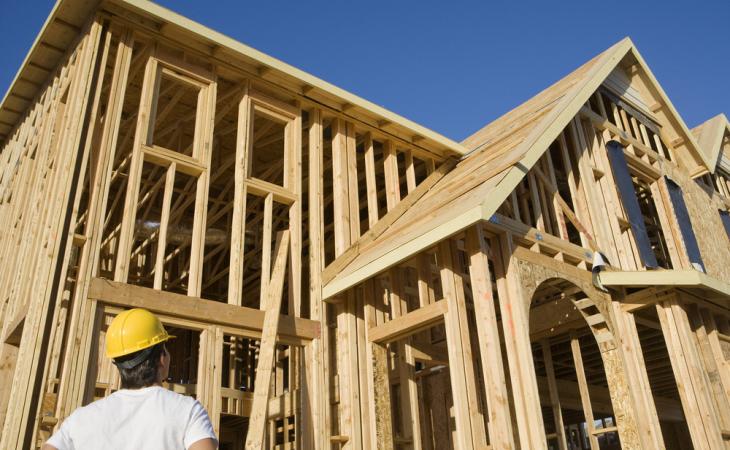This website uses cookies so that we can provide you with the best user experience possible. Cookie information is stored in your browser and performs functions such as recognising you when you return to our website and helping our team to understand which sections of the website you find most interesting and useful.
News
These 4 Housing Headwinds Could Impact the Vinyl Industry
The U.S. housing market has rebounded significantly in recent years, with strong growth in both new housing and the remodeling sector. This is good news because, according to the National Association of Home Builders (NAHB), the housing market contributes on average 15-18 percent of GDP.
A strong housing market is also critical to the vinyl industry as 70 percent of all resin goes into housing and construction.
Jim Tobin, executive vice president and chief lobbyist at NAHB, briefed members of the vinyl value chain at last month’s congressional fly-in. He provided an overview of the housing market and homed in on what he called the “4 headwinds” impacting the sector: lumber, lots, labor, and lending.
Lumber prices are hampering growth.
Jim Tobin pointed out that 30 percent of the lumber used in the U.S. housing sector is imported from Canada. That lumber is expensive because importers face 20-percent tariffs. Tobin said that high lumber prices are adding $9,000 to the cost of a single-family home and $3,000 to the cost of an apartment. He said that more domestic production and a resolution to the U.S.-Canada trade dispute are needed to ensure reliable and affordable lumber supplies.
Regulatory burdens are driving up lot costs.
Approximately 60 percent of the cost of a new home is the price of the land, including significant regulatory costs in complying with federal, state, and local regulations. Jim Tobin told vinyl industry insiders that 25 percent of the price of a single-family home (and 30 percent for multifamily dwellings) is directly attributable to addressing a costly patchwork of regulatory requirements.
Money is getting more expensive.
The slow rise of interest rates after years of cheap money is making lending more expensive. Jim Tobin predicted that the rise in interest rates is likely to cause a near-term shock in home lending as buyers grabble with the reality that it’s now going to cost more to purchase a new home. He added that a secondary challenge is the scarcity of private lending in a market dominated by government-backed lending institutions (i.e., Fannie Mae and Freddie Mac).
Skilled labor is scarce.
The fourth headwind is the labor market, and specifically the dearth of skilled craftsman. Jim Tobin pointed out, for example, that the average plumber is 56 years old. The scarcity is also driving up labor costs, making homebuilding more expensive. He said that NAHB is working at the state and local levels on a number of workforce initiatives, including targeting returning veterans. Tobin added that another key issue for NAHB is immigration reform as there are not enough skilled workers in the U.S. today to meet the demand for new home construction.


